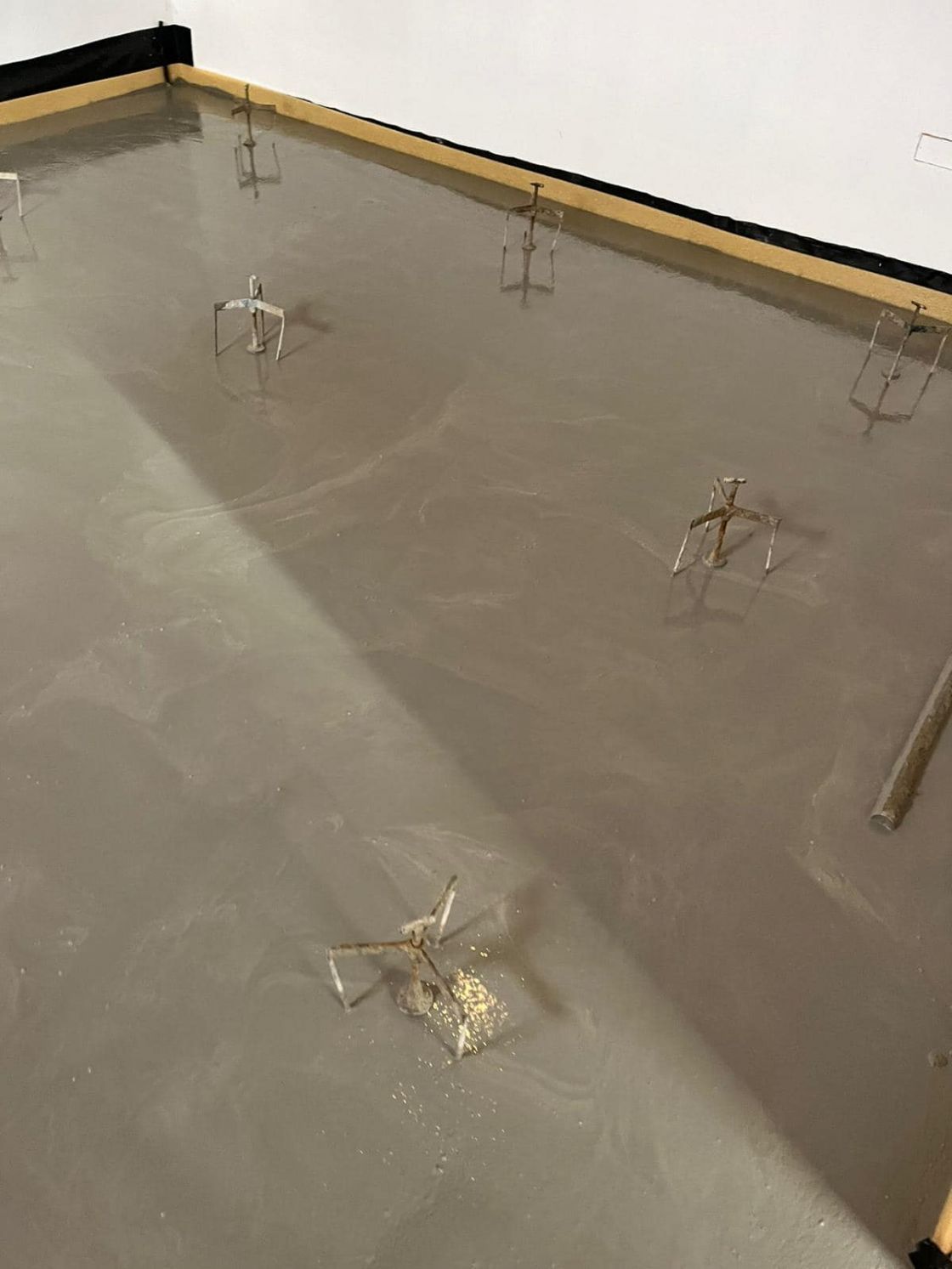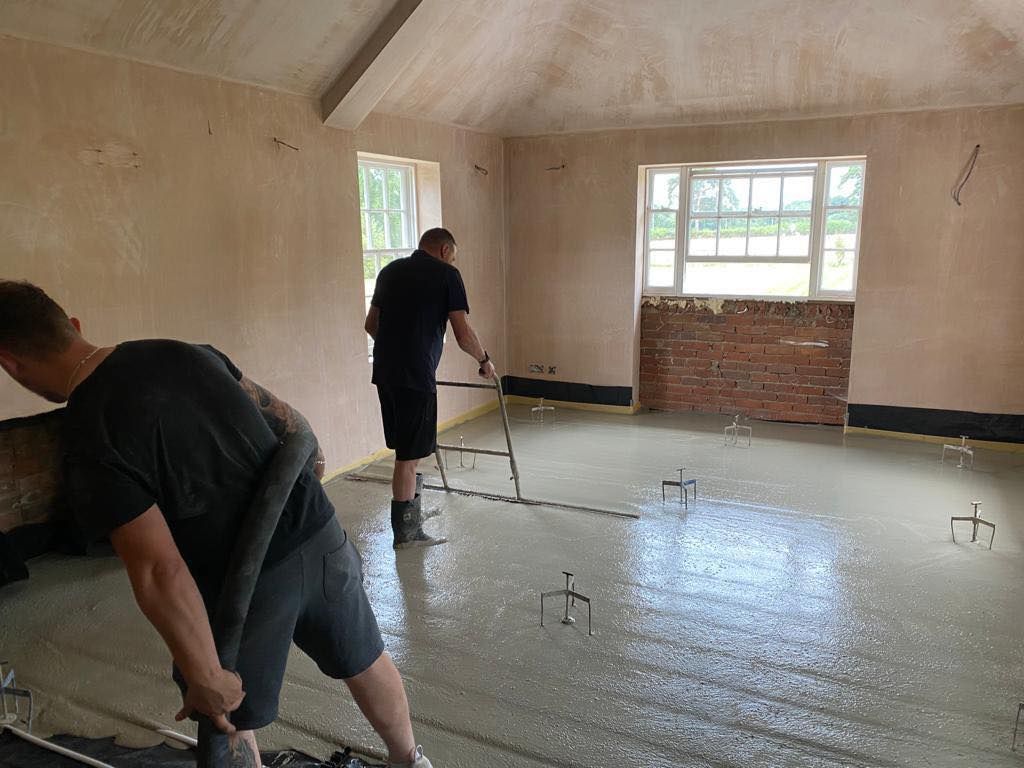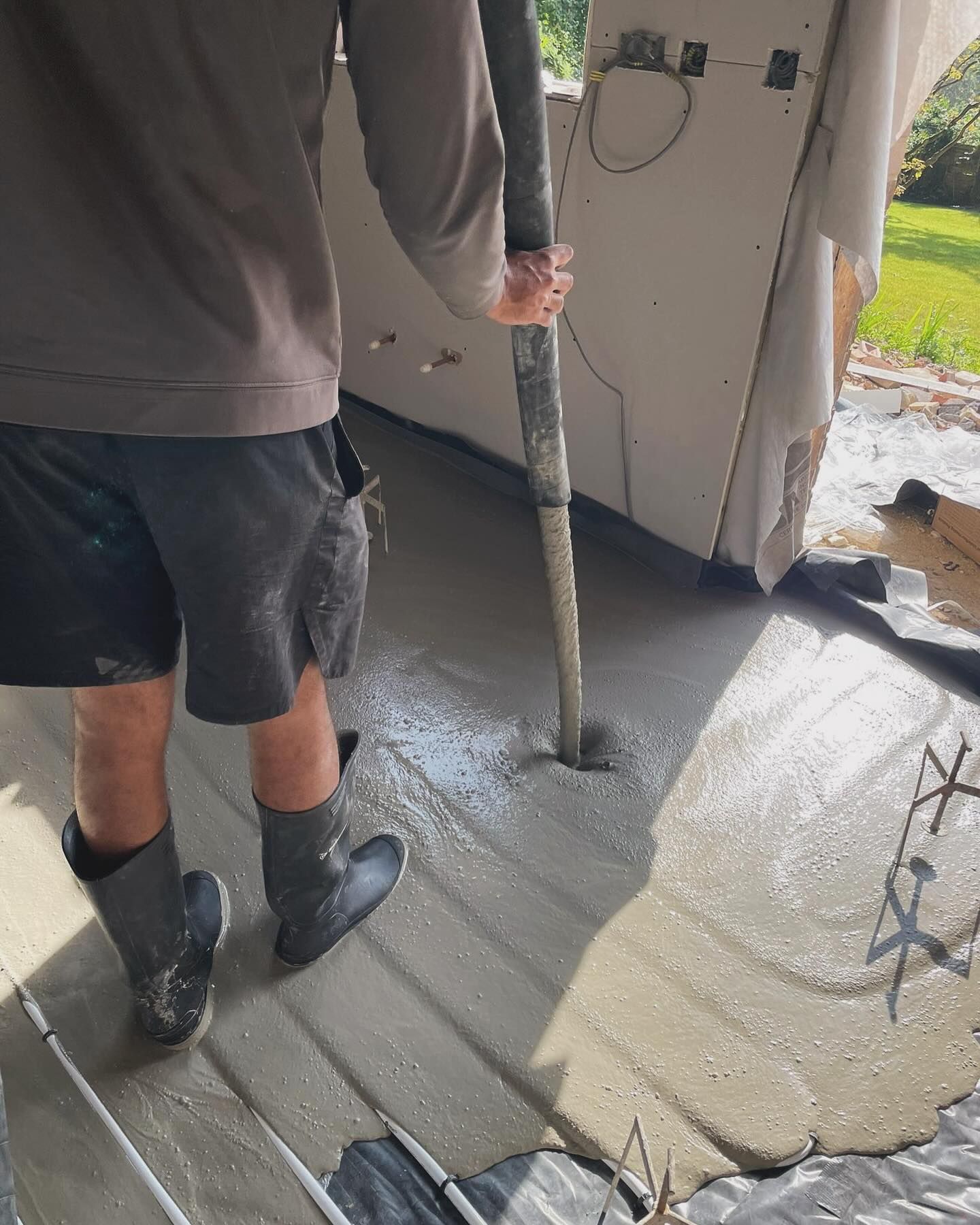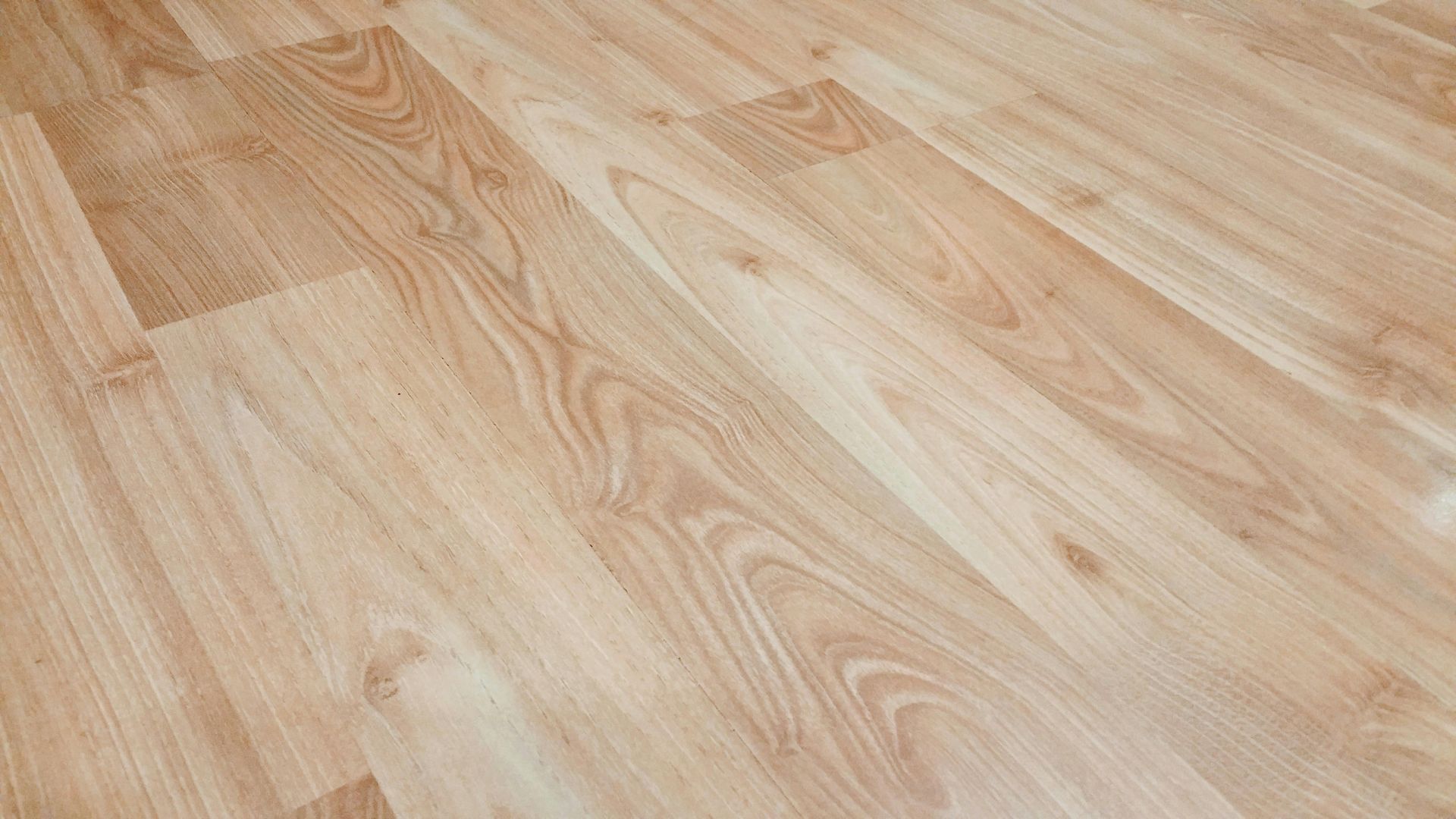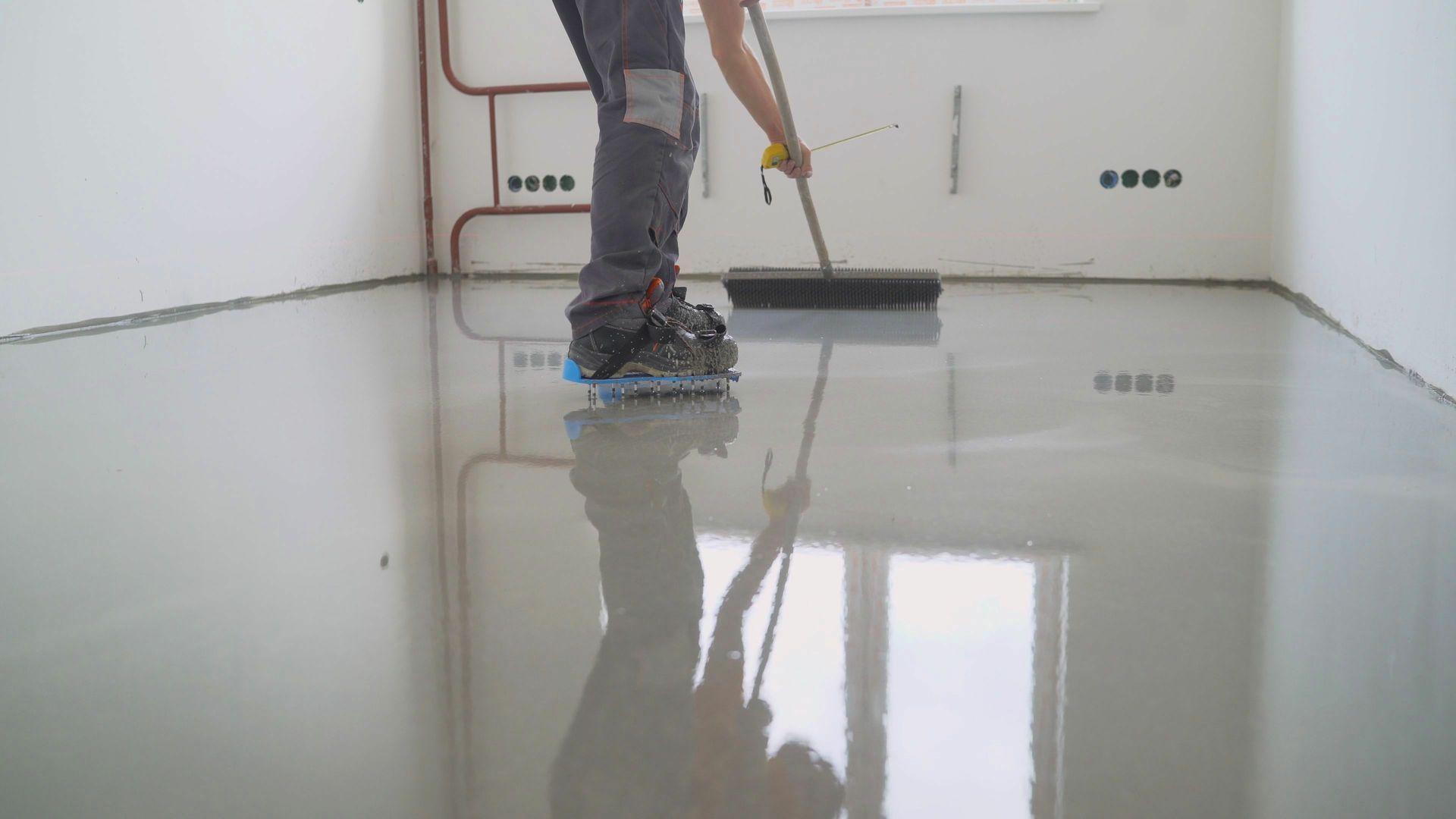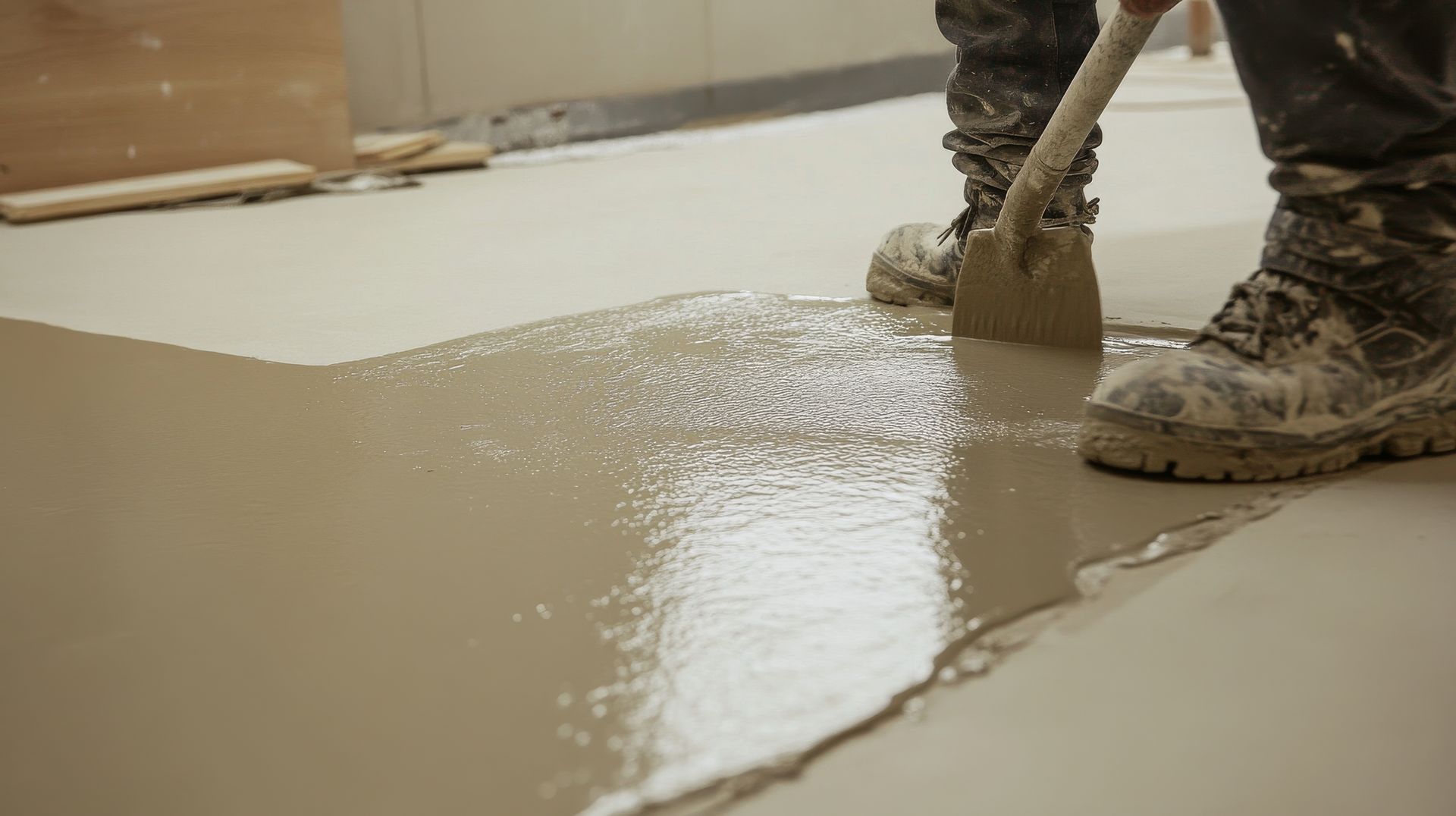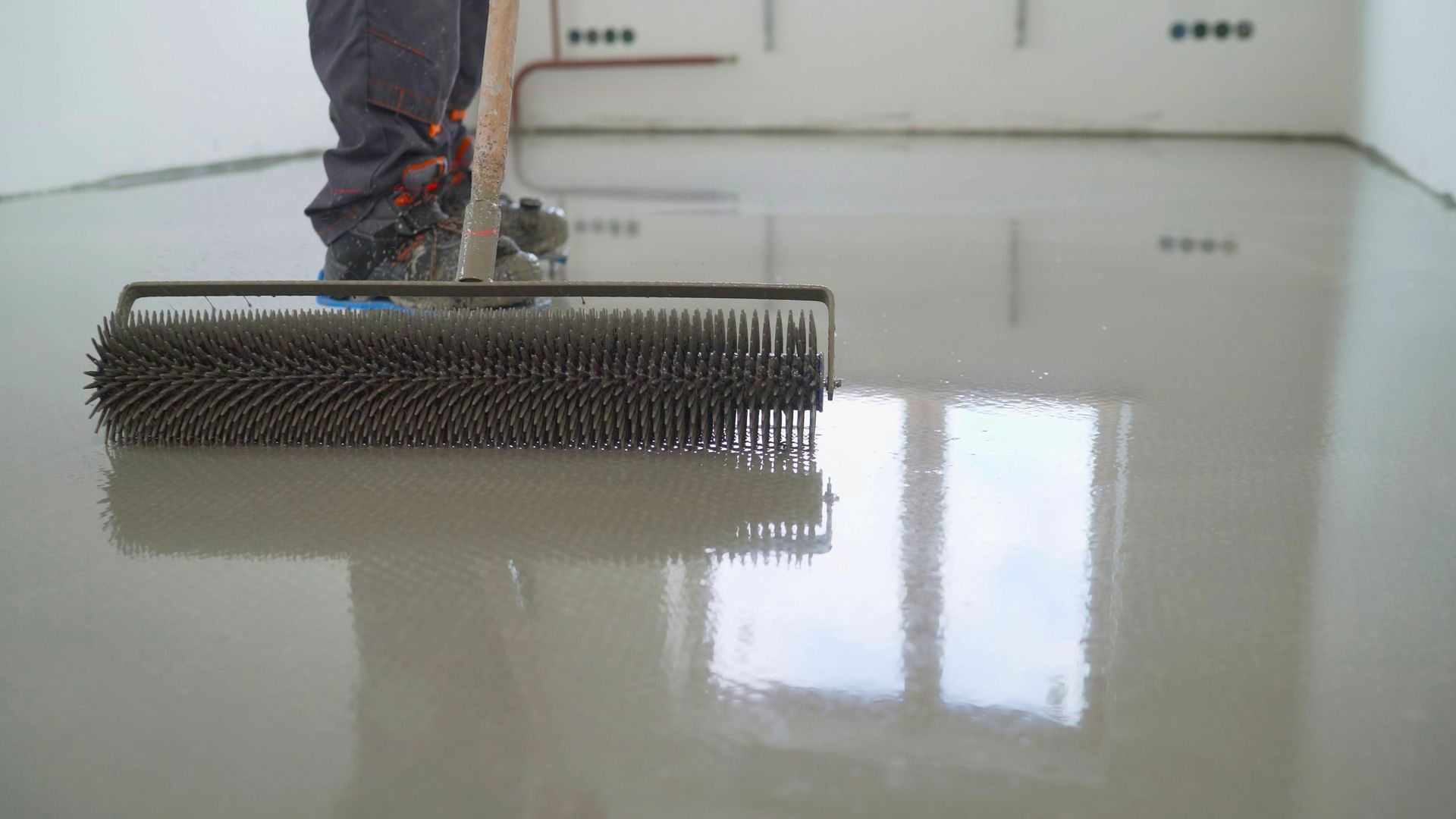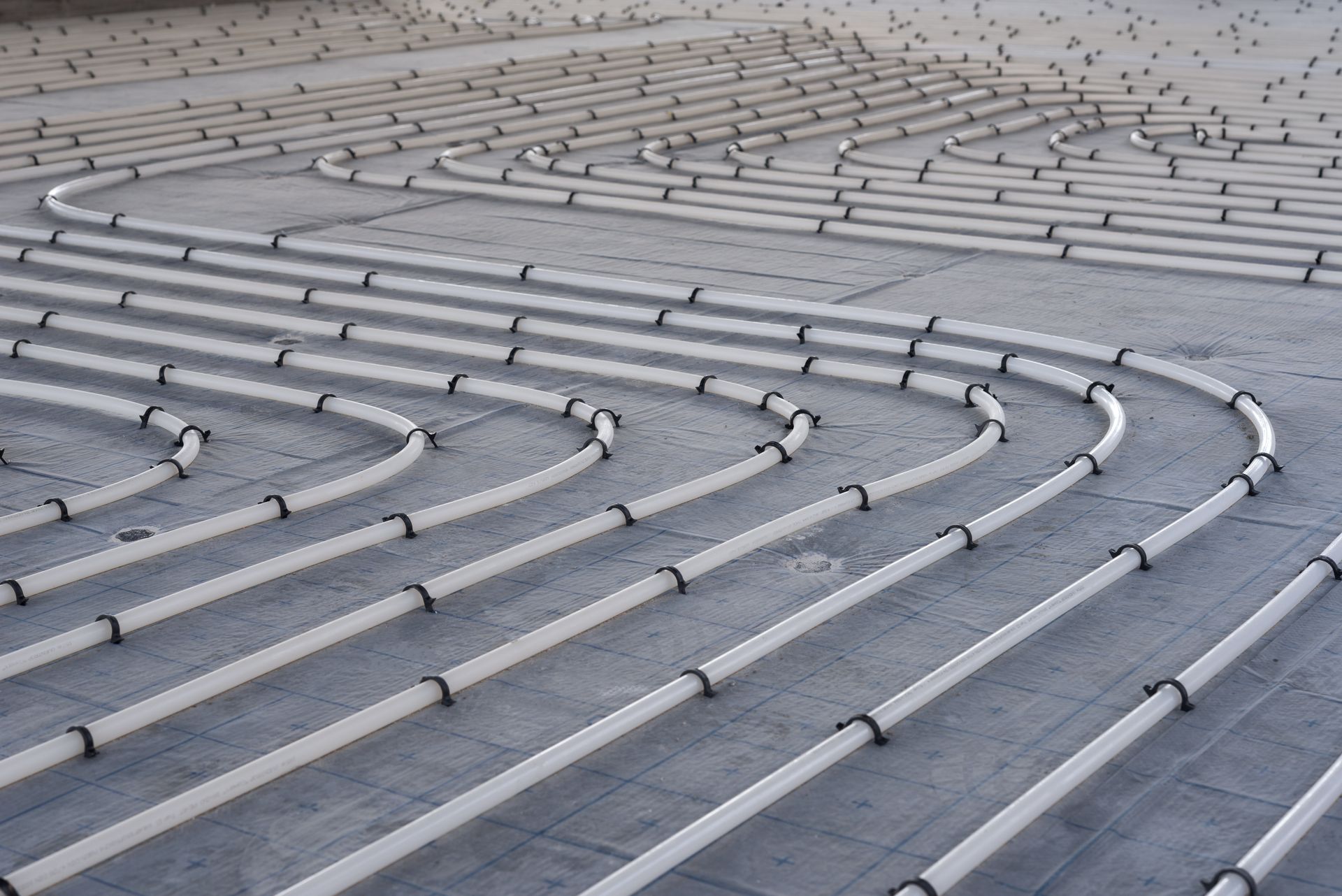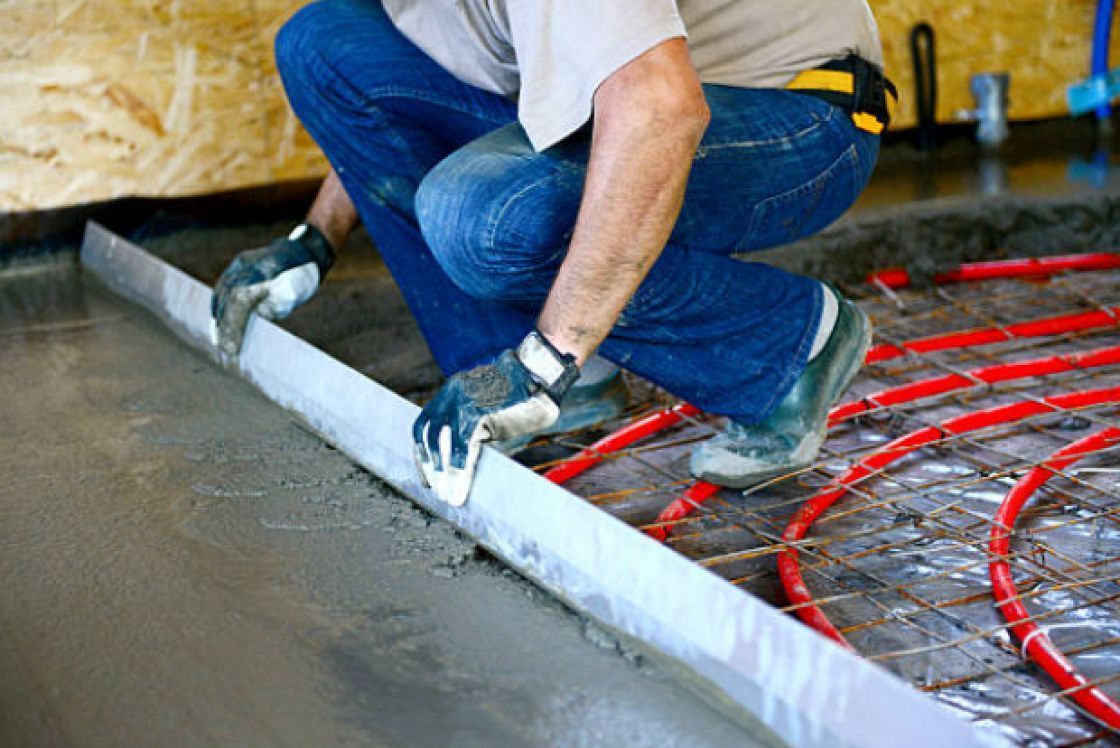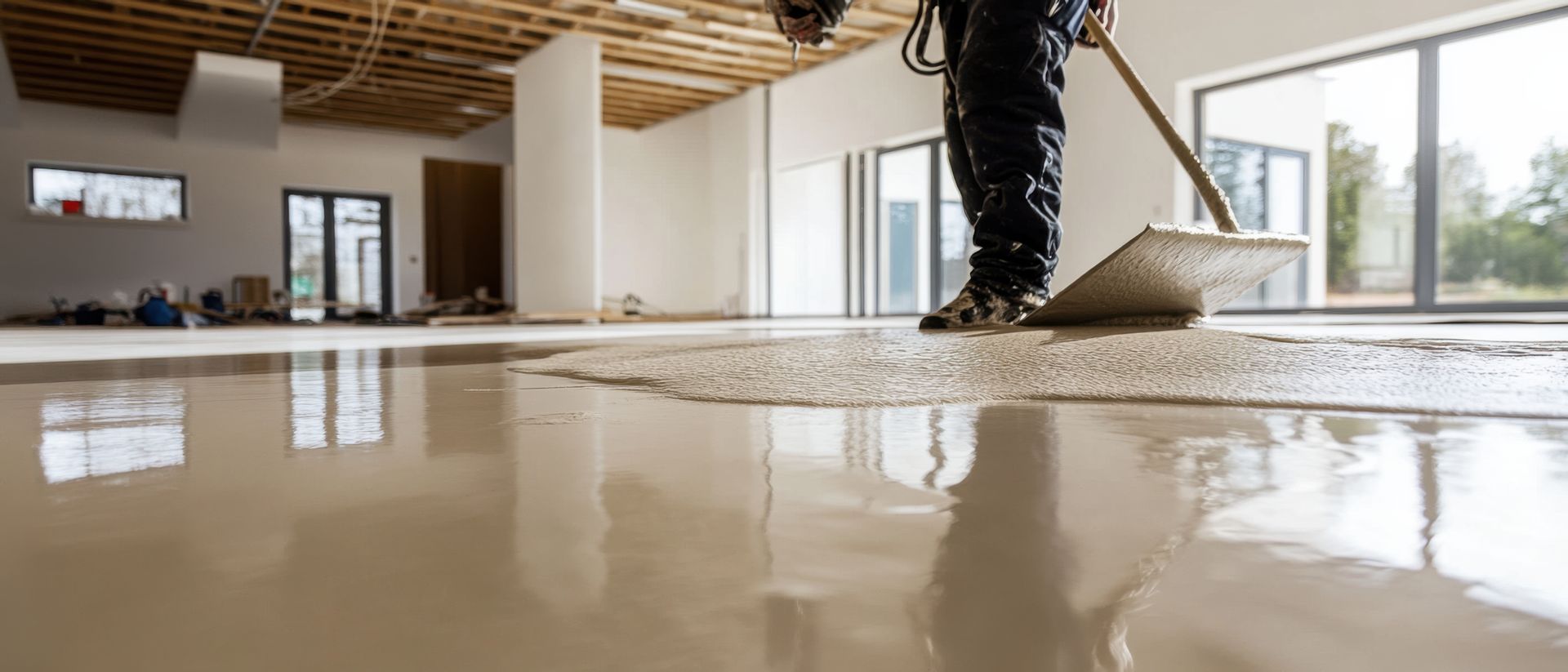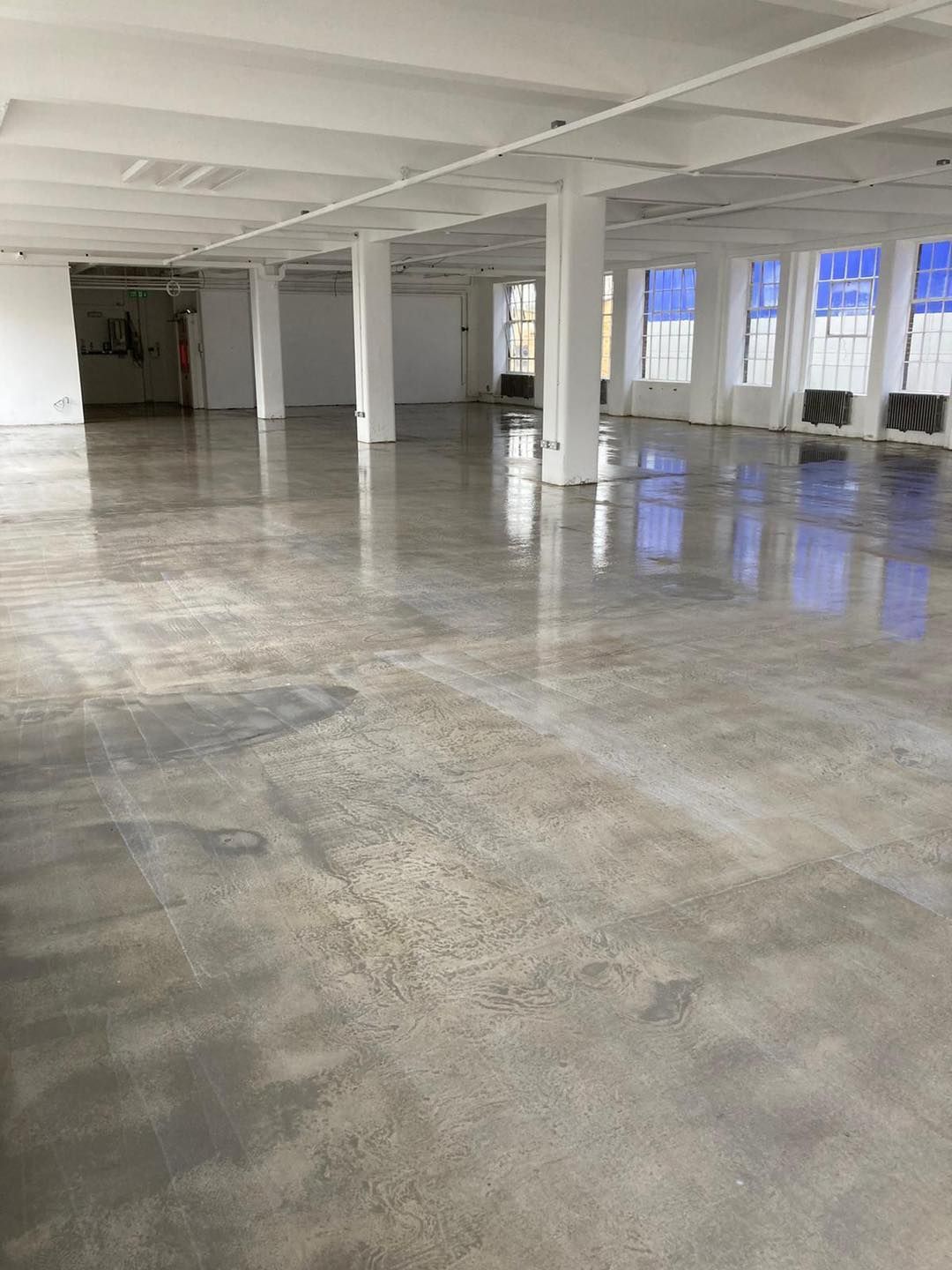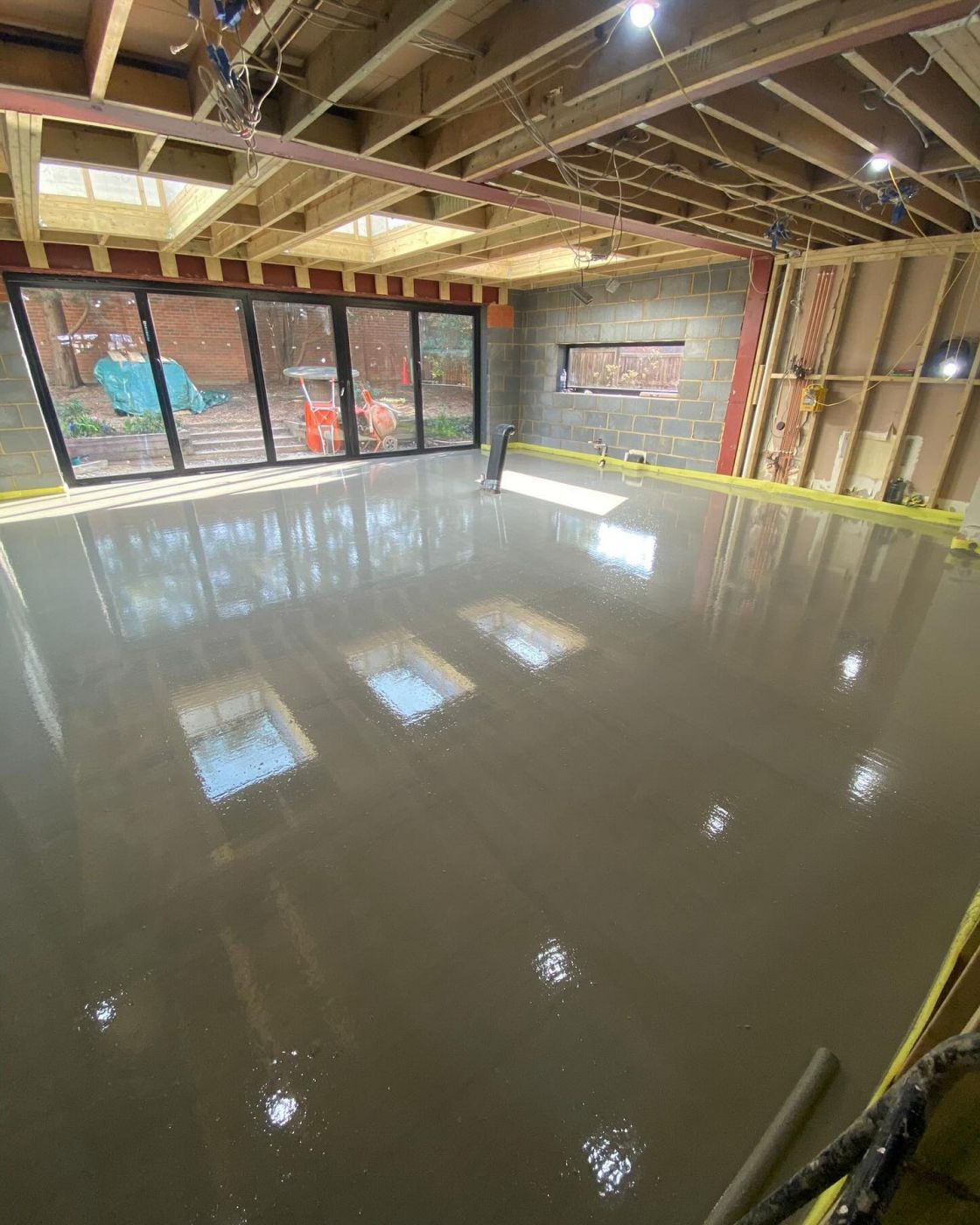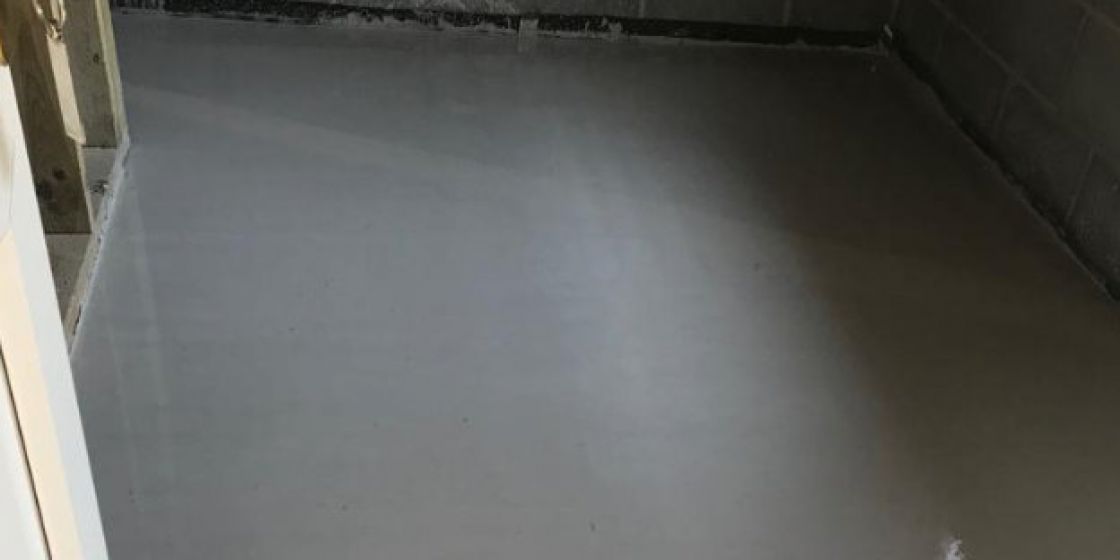SCREED EASY, NEWS & VIEWS
Are you looking for a local screeding company?
Contact Screed Easy for more information.
GET YOUR FREE QUOTE
Discover just how affordable your Screed Easy latex flooring service will be. Just leave a few details for a free no-obligation quote.
Request A Free Quote!
Thank you for contacting us.
We will get back to you as soon as possible.
We will get back to you as soon as possible.
Oops, there was an error sending your message.
Please try again later.
Please try again later.

CONTACT US
Website Design By Lionheart Marketing. Copyright © 2025 Screed Easy
